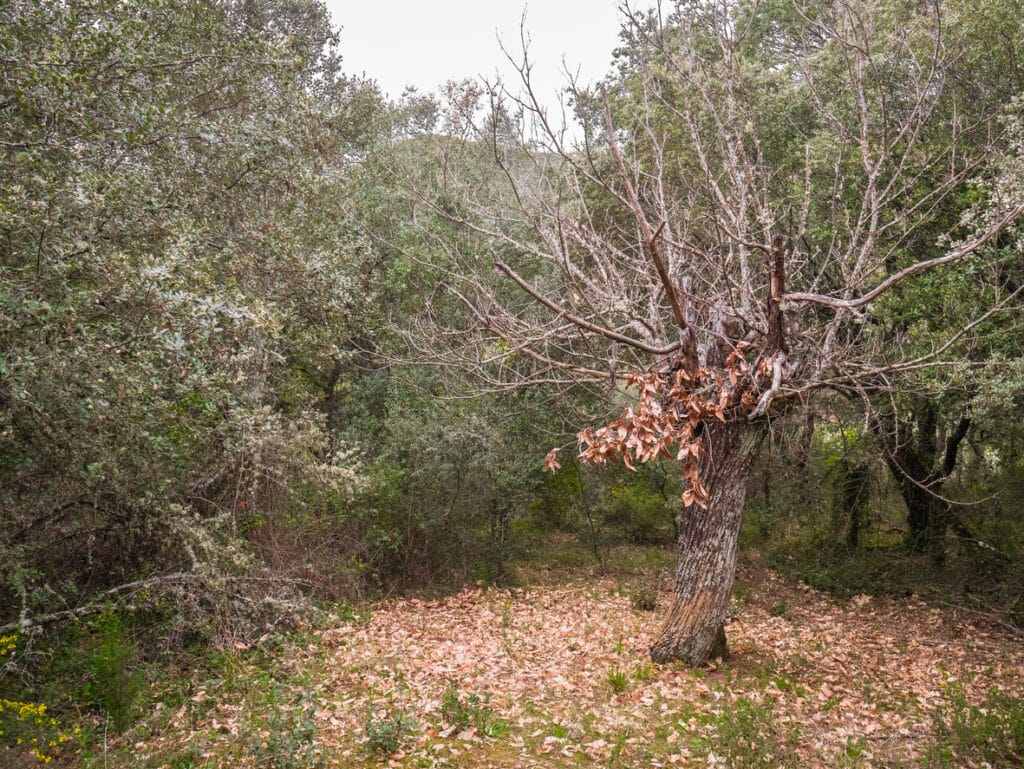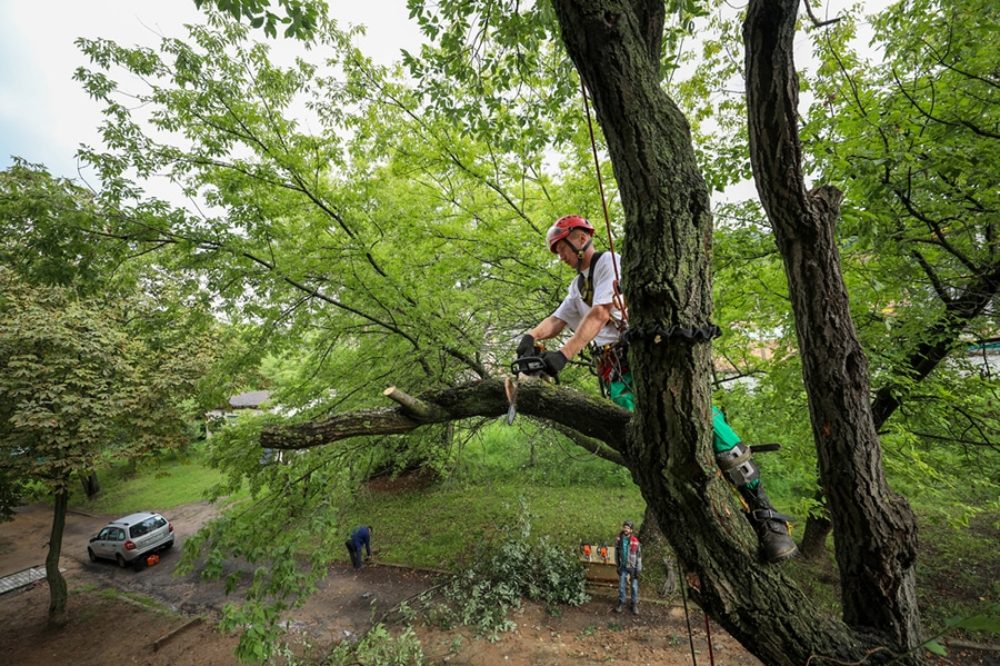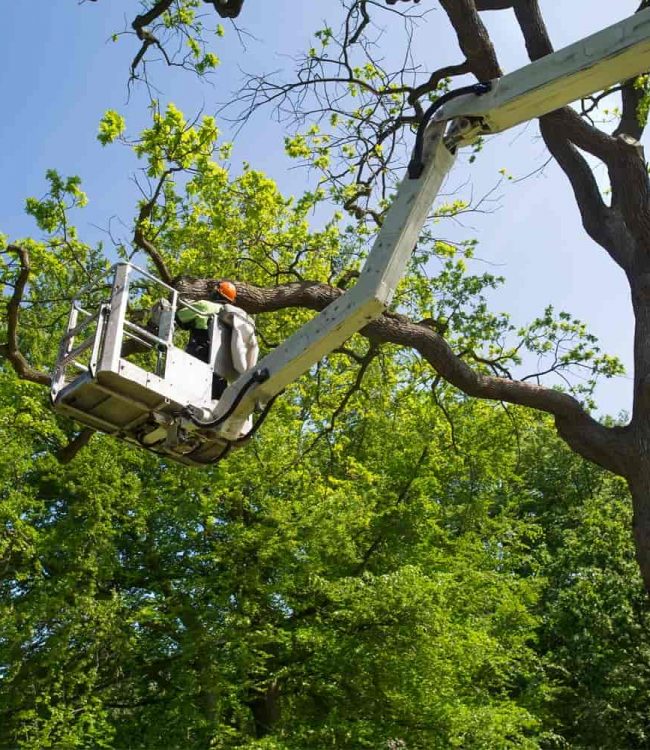A dying tree is a sad sight, with its leaves starting to wither and its branches beginning to dry and crack. It can be easy to overlook the signs of a dying tree and assume it is just in a state of rest due to the current cold season. However, it is vital to be aware of these signs of a dying tree and take action as soon as possible to keep your landscape looking lush and healthy.
Presence of Fungus and Pests
Trees that are stressed out or dying are home to pests like carpenter ants and bark beetles. These parasites seek out hosts already dead, sick, or on the verge of dying. Mushrooms sprouting at the foot of a tree or on the tree itself are signs of fungal or bacterial illnesses. These symptoms point to a rotting trunk or roots, leading to a tree’s death.
Numerous Dead Branches on the Tree
Another indicator of a dying tree is a large number of dead branches. Little dead branches in the canopy or huge, apparently healthy limbs falling off indicate disease in the tree. You may also see damage from breeding pests toward the tree’s base, where rot or decay may also be present. Such damage ultimately results in decay, slowly killing the tree.
Changes in the Tree’s Bark
In most cases, a healthy tree’s bark is solid, smooth, and unblemished. Discolored, sunken, elevated, or cracked bark may indicate that your tree is struggling to store water and other vital nutrients and may be starting to die.
Discoloration of the tree’s bark is a standard indicator of rot from within, which can be brought on by anything from insect infestation to illness. The bark may fade or become stained with a black hue and crack. As a fungal infection progresses, it can cause the bark to thicken.
Poor Root Conditions
A tree’s roots can tell you a lot about its overall condition. Healthy root systems stay close to the soil’s surface and do not entangle with those of neighboring trees. A root system that is too close to the ground indicates that a tree is unhealthy and not getting enough water and nutrients. Weak annual growth, small leaves, dead branches, thin foliage, and wilted brown leaves throughout the growing season are all symptoms of a tree’s poor root system.
Thinning Crown
A thinning crown shows that your tree is unhealthy and is on the verge of dying as it indicates that its canopy is becoming less dense and, therefore, less protective. You may easily spot this from a distance as the tree’s canopy appears asymmetrical, insufficient, or barren. There may also be signs of leaf weakness, leafless branches, browning, or even premature leaf drop.
Sagging Branches
You can also observe if any branches on your tree have sagged. Curling or wilting leaves and drooping branches are signs of a tree struggling to get water and other nutrients necessary for survival. When you hold a branch, and it suddenly snaps off, it’s a red flag that your tree is on the verge of perishing.
Conclusion
Take time to assess your trees this season as you can easily mistake some unhealthy tree conditions for hibernation-like dormancy. At Central Arbor Tree Care, we take pride in providing professional tree services in Peoria, IL and its environs, so reach out to us for the removal of any dying trees on your property.






